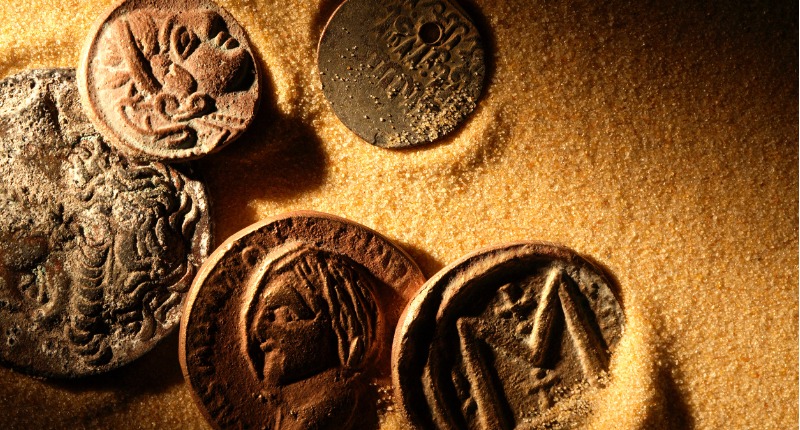Currency has been a constant in the world for most of recorded history, but it is always changing. From food and shells to e-currency, it’s all about trade. If Mark has it and John wants it, virtually anything can be used for barter. A hard day’s work used to be traded for a hot meal and a place to sleep, and in some places still can. Native Americans and fur traders dealt in deer skins — hence the phrase “a couple of bucks.” People have traded livestock, crops and food products. Eventually, with the rise of each civilization, some sort of agreed upon currency had to be issued.
Heavy Money
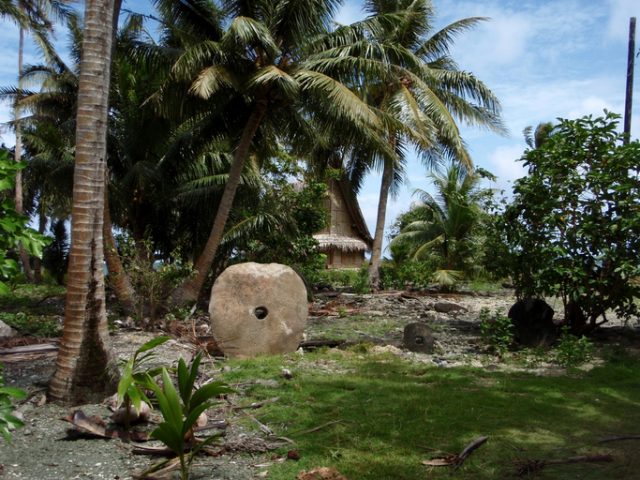
East of the Philippines is Yap Island. The natives used Rai, a currency made up of limestone carved into disks that could reach as much as seven tons. The disks were mostly used for large transactions such as land.
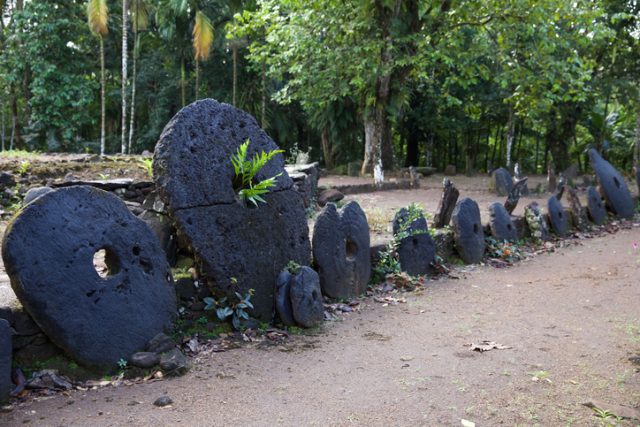
Some people kept them as symbols of wealth and displayed them outside their homes. Because of their size the disks never actually changed hands, only owners.
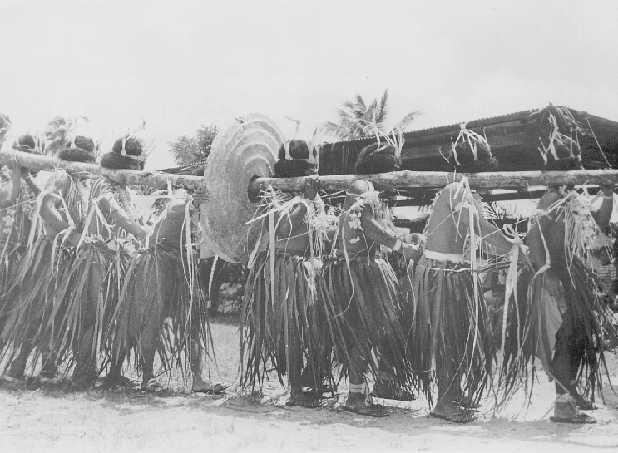
The villages were so small that everyone knew who owned which disk. Shells and whale teeth were also used as currency and were used for most everyday transactions. Today, Yap Islands’ primary currency is the United States dollar.
Currency to Drink
In the mountainous regions of Asia and Tibet, bricks of tea were used as currency up until about 1935. Harvested tea leaves were pressed into bricks but the value was difficult to fix as the type of tea and the current market had to be taken into account.
A Pinch of … Money?
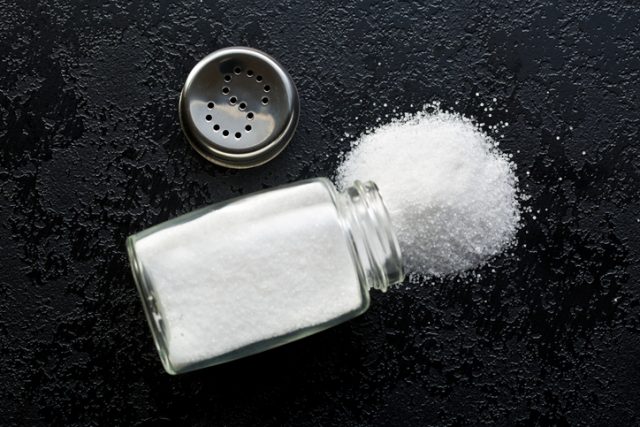
A currency used for over 3,000 years is salt. The use of salt was so widespread, phrases like “he’s not worth his salt” and “salt of the earth” were created, and the word salary was derived from the Roman “salarium argentum,” the salt ration given to soldiers. Salt was used in religious rites in Egypt, Africa, ancient Greece, and the Roman Empire and is included in several references from the Christian Bible. Salt is harvested all over the world. Austria, Bolivia, Turkey, Russia, and the eastern and central areas of the United States all produce salt. Not many people know there are very large salt deposits under Lake Erie and Lake Michigan that have been mined for many years.
Not all salt is created equal, however. What makes Himalayan pink salt taste so different from say Maldon English sea salt, French Sel Gris, or refined table salt? It all comes down to the different trace minerals the salt contains, and how it is processed. This is true both for mined salt and sea salt. As Paul Harrison writes for Food Republic, “Depending on the local mineral mix and evaporation methods, you’re going to get vastly different salts with different textures, flavors and uses.”
The Cow’s Currency
![Rumi cheese (Egyptian Arabic: جبنه رومى gebna rūmi [ˈɡebnæ ˈɾuːmi], also known as gebna torki [ˈtoɾki] in Alexandria) is one of the main types of cheese in Egypt. Photo by Tour d’Afrique CC By 2.0](https://www.thevintagenews.com/wp-content/uploads/sites/65/2018/11/flickr_-_tour_dafrique_-_arabiccheese-640x480.jpg)
Money Comes Full Circle
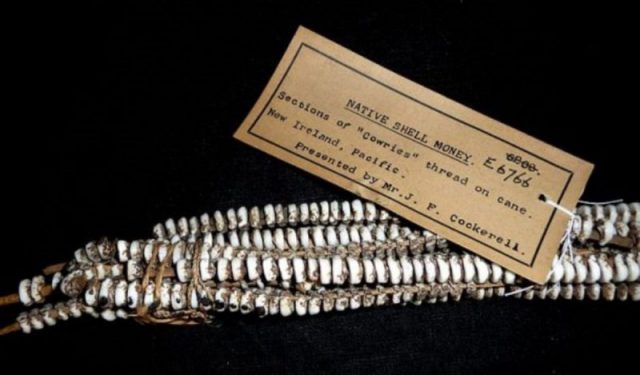
Most coinage dates back to about 1000 BC with evidence found in tombs, Viking hoards, and archaeological sites all over the world. In China pieces of metal were used which morphed into coins. About 500 BC, round coins were made from silver and used by the citizens of Turkey.
The trend spread rapidly and became popular with the Persian, Greek, Macedonian, and Roman empires. Bronze and gold were used and the practice of stamping the coins with portraits and countries of origin also caught on.
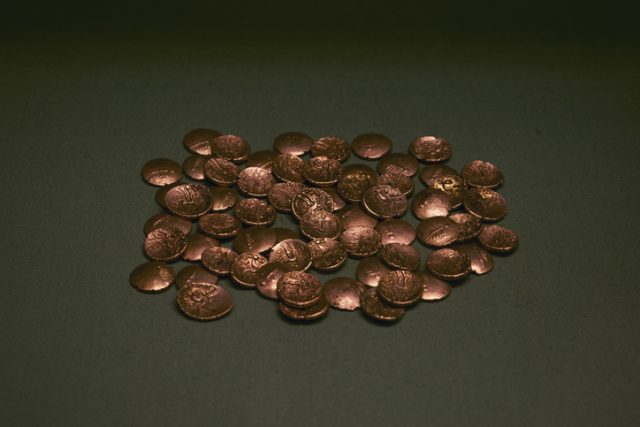
The use of paper money began sometime around 800 AD in China. This first paper currency, known as “flying money,” was a system of bills of exchange — treasury-backed banknotes weren’t introduced until the 13th century. According to BullionVault, problems with issuance and hyperinflation led to paper money being discontinued in China in the late 1400s.
Invisible Money
In today’s electronic world there is now bitcoin, PayPal, Google Pay, and many other types of virtual money. Bitcoin is a digital currency that needs no bank or middleman for issuance and is shared by peer to peer transactions over the internet. There is no physical paper or coins and one cannot hold Bitcoin in their hand. Individuals keep track of their own spending by using a digital wallet, and all transactions are kept in a digital ledger open to the public.
Read another story from us: The Unique Island Where People use Huge Stone Disks as Currency
Bitcoin can be used in any country for just about anything. There are downsides to using cryptocurrencies like Bitcoin, according to bitcoin.org — a transaction cannot be reversed, some companies charge outrageous fees to use cryptocurrency, and the value changes constantly as it is such a new concept.
